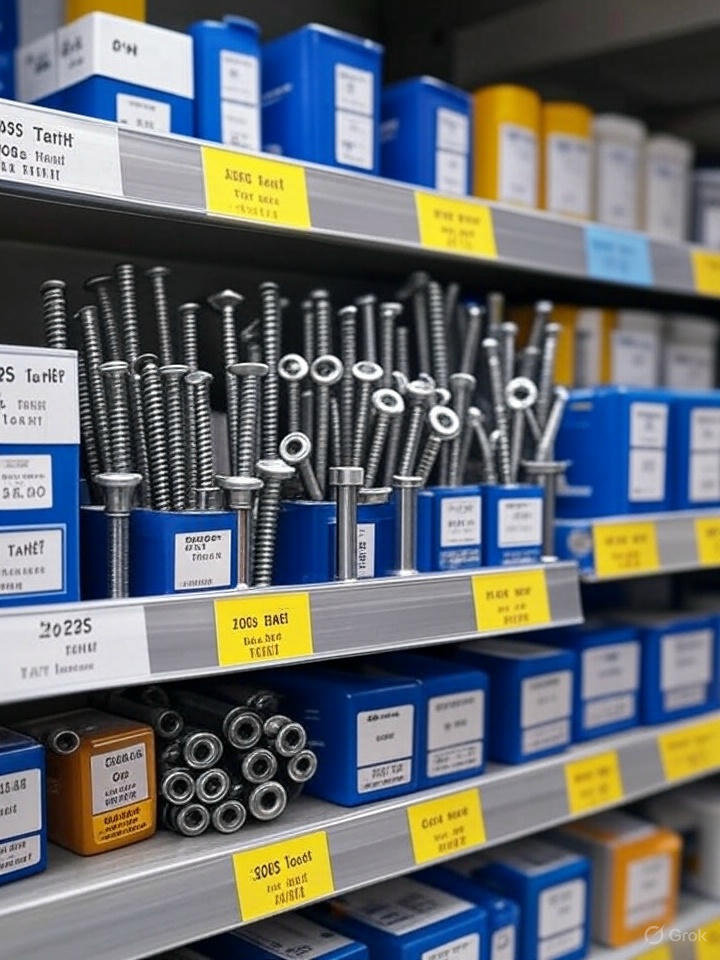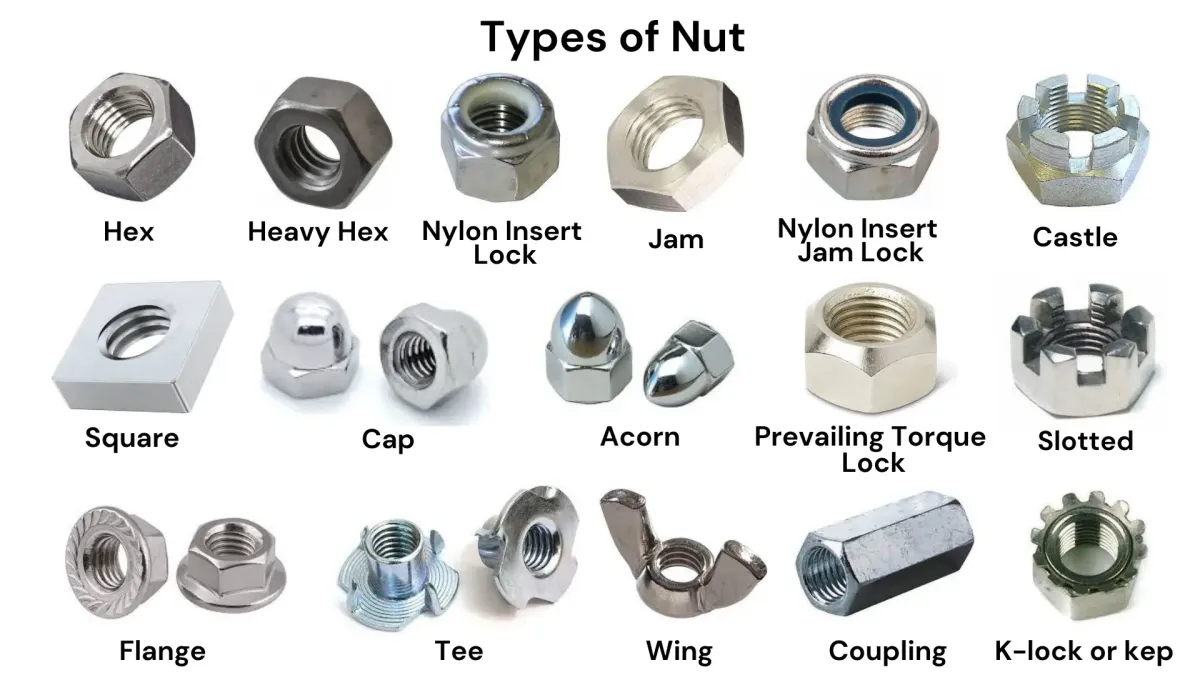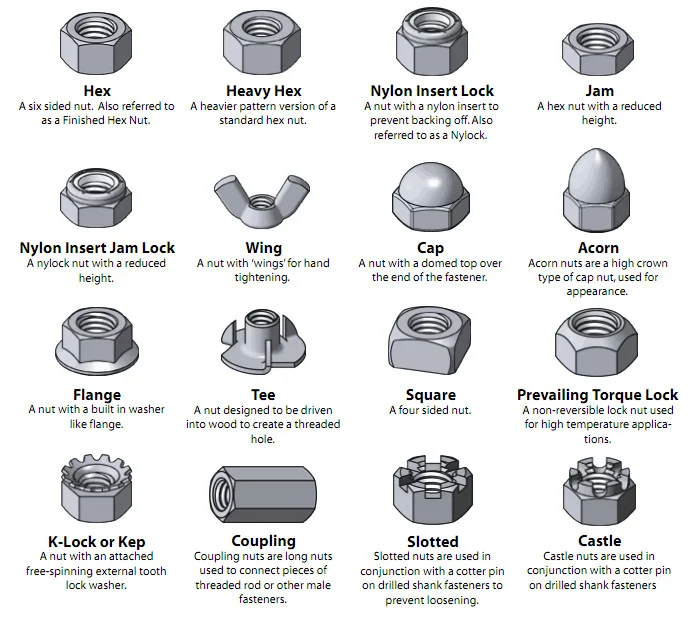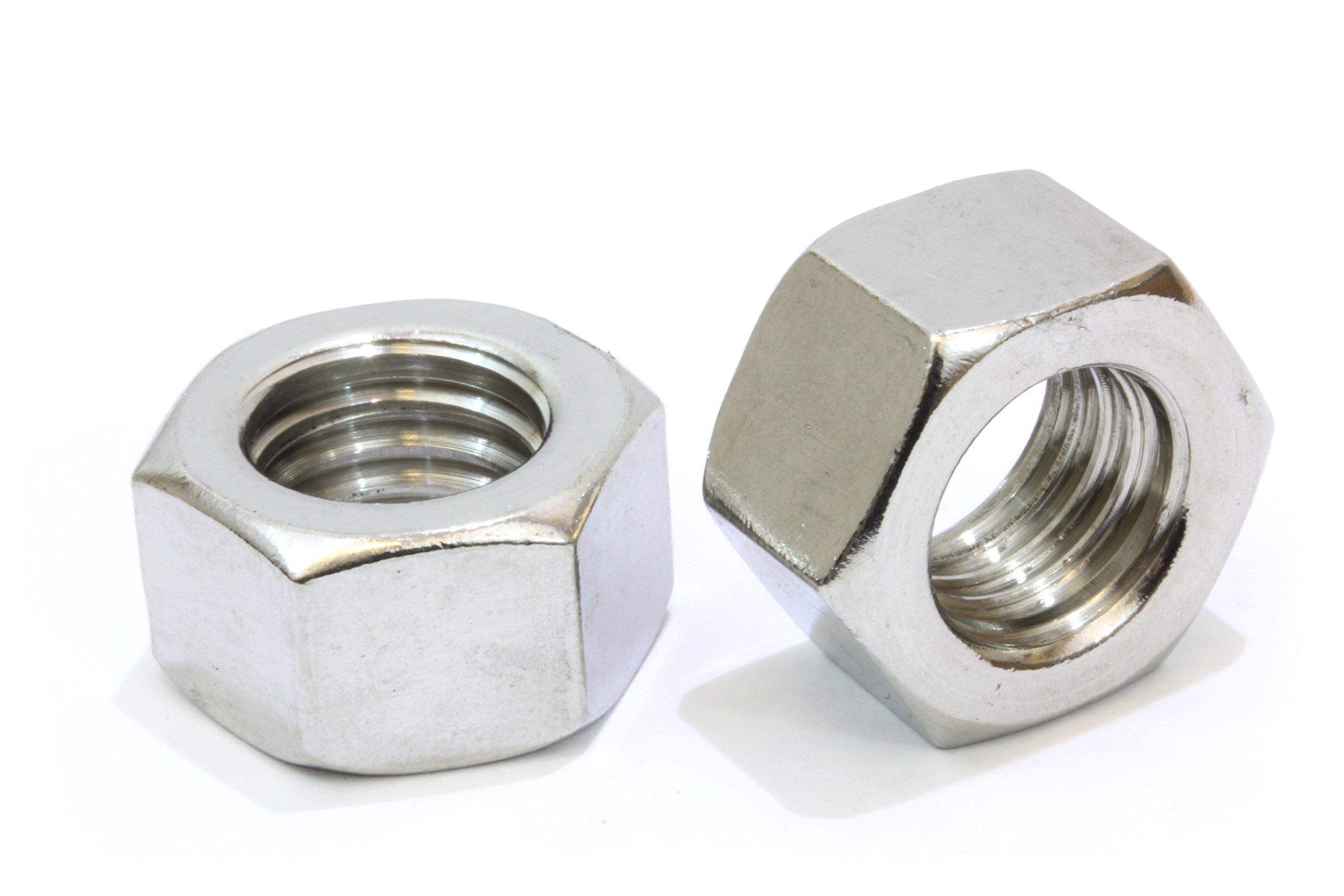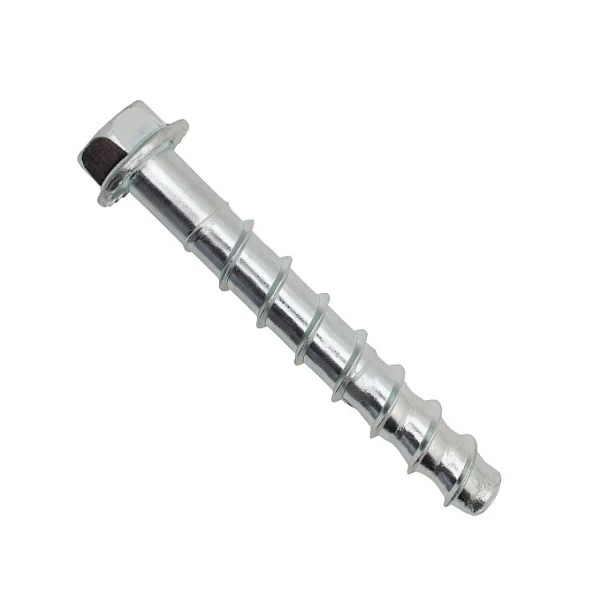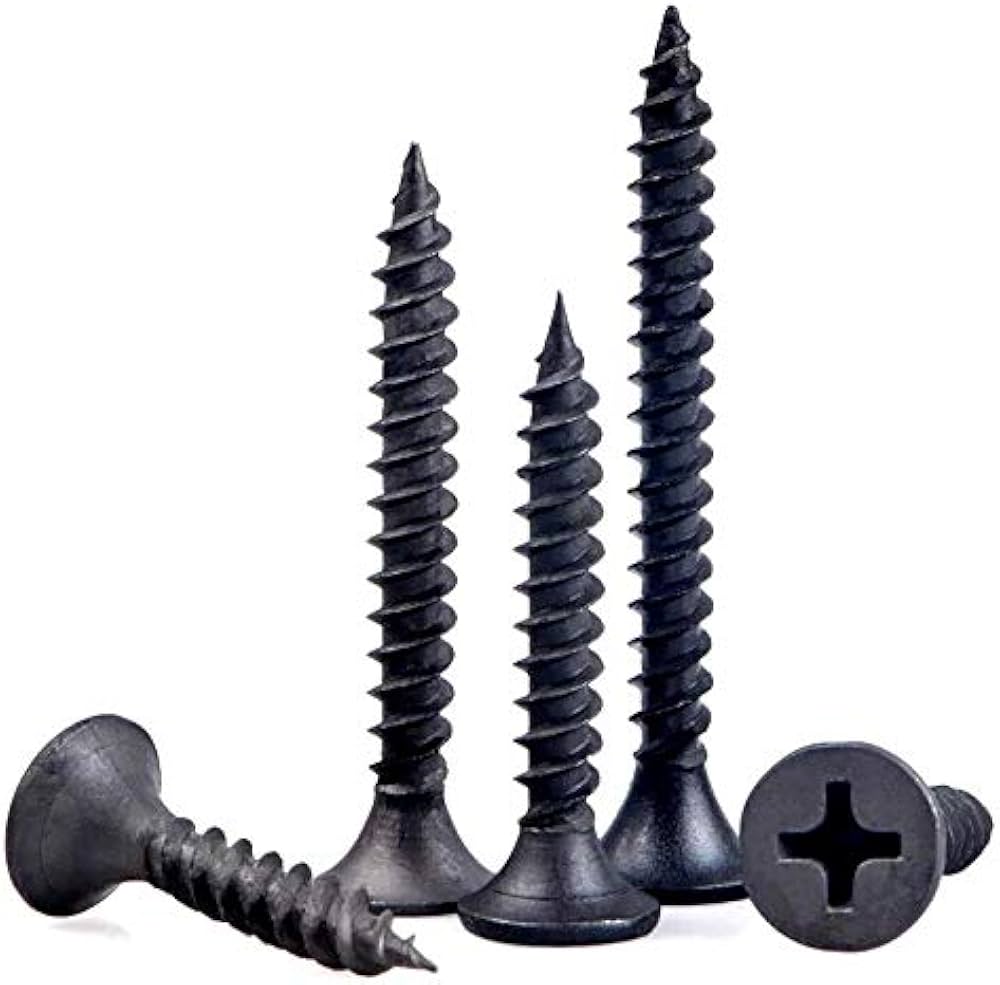Understanding the Power of Concrete Screw Anchors
When it comes to securing fixtures, equipment, or structural elements to concrete, masonry, or stone, few fastening solutions offer the combination of strength, reliability, and ease of installation provided by the modern concrete screw anchor. These innovative fasteners have revolutionized many construction and DIY projects, offering a robust alternative to traditional expansion anchors or adhesive anchoring systems. Their design allows for a direct, mechanical interlock with the base material, creating a high-performance connection that can withstand significant loads. Unlike anchors that expand, these screws tap threads directly into the concrete, providing a secure and often removable fixing.
How Do Concrete Screw Anchors Work?
The fundamental principle behind how a concrete screw anchor functions is its ability to cut its own threads into a pre-drilled pilot hole in concrete or other masonry materials. The anchor itself features specialized, hardened threads designed to aggressively engage with the base material. When the anchor is driven into the correctly sized hole, these threads tap into the concrete, creating a strong mechanical bond along the entire length of the embedded portion of the screw. This direct engagement eliminates the need for expansion forces, which can sometimes induce stress in the concrete, especially near edges or when anchors are closely spaced. The result is a secure, vibration-resistant fastening that can bear substantial tensile and shear loads.
Key Advantages of Using Concrete Screw Anchors
There are numerous advantages to opting for concrete screw anchors for your fastening needs. One of the most significant benefits is the ease and speed of installation. Simply drill a hole to the specified diameter and depth, clean out the debris, and then drive the anchor using a standard wrench or driver. Another major advantage is their high load-bearing capacity. Many types are rated for heavy-duty applications. Furthermore, unlike some traditional anchors, many concrete screw anchors are removable, making them ideal for temporary installations or situations where adjustments might be necessary. They are also generally less prone to issues related to hole tolerance, and they can often be installed closer to edges and to each other than expansion anchors. The versatility of the concrete screw anchor for various base materials like solid concrete, brick, and block is another strong point.
Common Types and Materials
Concrete screw anchors come in a variety of types, materials, and finishes to suit diverse applications and environmental conditions. Head styles are a primary differentiator, including hex head (for easy driving with a socket), flat head or countersunk (for a flush finish), and sometimes Phillips or Torx drive. In terms of materials, they are commonly manufactured from carbon steel, which is then often zinc-plated or given another protective coating for corrosion resistance in dry, interior environments. For more demanding applications, especially in exterior or corrosive environments, stainless steel concrete screw anchors (typically grades 304 or 316) are available, offering superior rust and corrosion protection. Some specialized versions may also feature unique thread designs for specific types of masonry or enhanced performance.
Versatile Applications Across Industries
Due to their strength and reliability, concrete screw anchors finds widespread use across various sectors. In construction, they are employed for both structural and non-structural applications, such as securing steel beams, ledger boards, sill plates, and support brackets. They are also commonly used for installing railings, handrails, fencing, and machinery. In industrial settings, these anchors are ideal for fixing equipment, pallet racking, and conveyor systems. Even for residential and commercial projects, they are popular for attaching shelving, signage, satellite dishes, and various fixtures to concrete walls, floors, or ceilings. Their ability to provide a secure hold in demanding conditions makes them a go-to solution for professionals and DIY enthusiasts alike.
Step-by-Step Installation Guide
Proper installation is crucial for achieving the maximum performance of a concrete screw anchor. First, select the correct anchor size and type for your application. Then, using a hammer drill with a properly sized carbide drill bit (as specified by the anchor manufacturer), drill a pilot hole to the required depth in the concrete. It's critical that the hole is drilled straight and to the correct depth. Next, thoroughly clean the drilled hole of all dust and debris using a wire brush and compressed air or a vacuum. Debris left in the hole can significantly reduce the anchor's holding power. Finally, insert the tip of the concrete screw anchor into the cleaned hole and drive it using an appropriate tool – an impact driver or a manual wrench for hex head screws – until it is fully seated and the fixture is snug against the surface. Avoid over-tightening, as this can strip the threads or damage the concrete.
Choosing the Right Concrete Screw Anchor for Your Project
Selecting the appropriate anchor involves considering several factors. The primary consideration is the load requirement – how much weight or force will the anchor need to support? This will influence the diameter and embedment depth of the screw. The condition and type of the base material (e.g., cracked or uncracked concrete, compressive strength) are also vital. Environmental conditions play a role too; for outdoor or corrosive environments, stainless steel options are recommended. Also, consider the thickness of the fixture being attached, as this will help determine the required anchor length to achieve proper embedment. Always consult the manufacturer's specifications and load tables to ensure you choose a suitable concrete screw anchor for your specific application.
Safety and Best Practices
When working with any fastening system, safety should be paramount. Always wear appropriate personal protective equipment (PPE), including safety glasses, gloves, and hearing protection, especially when drilling into concrete. Ensure the drill bit is sharp and of the correct diameter stated by the anchor manufacturer. Never exceed the manufacturer's recommended tightening torque, as this can compromise the integrity of the anchor or the base material. Verify that the embedment depth is achieved according to specifications. If working near edges or with closely spaced anchors, check the manufacturer's guidelines for minimum edge distances and spacing to prevent concrete breakout.
Conclusion: The Reliable Fastening Solution
Concrete screw anchors offer a dependable, efficient, and versatile method for securing items to concrete and masonry surfaces. Their ease of installation, combined with high load capacities and, in many cases, removability, makes them an increasingly popular choice in a wide array of construction, industrial, and domestic applications. By understanding how they work, the different types available, and following proper installation procedures, users can confidently rely on these advanced fasteners for strong and durable connections.


